
Last year, Valve revealed details about Half-Life 2: Episode 3, a long-awaited game that was ultimately never released. A documentary celebrating the 20th anniversary of Half-Life featured current and former developers discussing their plans for the final chapter of the trilogy. As the Half-Life franchise approaches its 27th anniversary and talk of a new game resurfaces, it’s a good time to look back at why Valve’s ambitious project fell apart.
The Rise and Fall of Half-Life 2: Episode 3
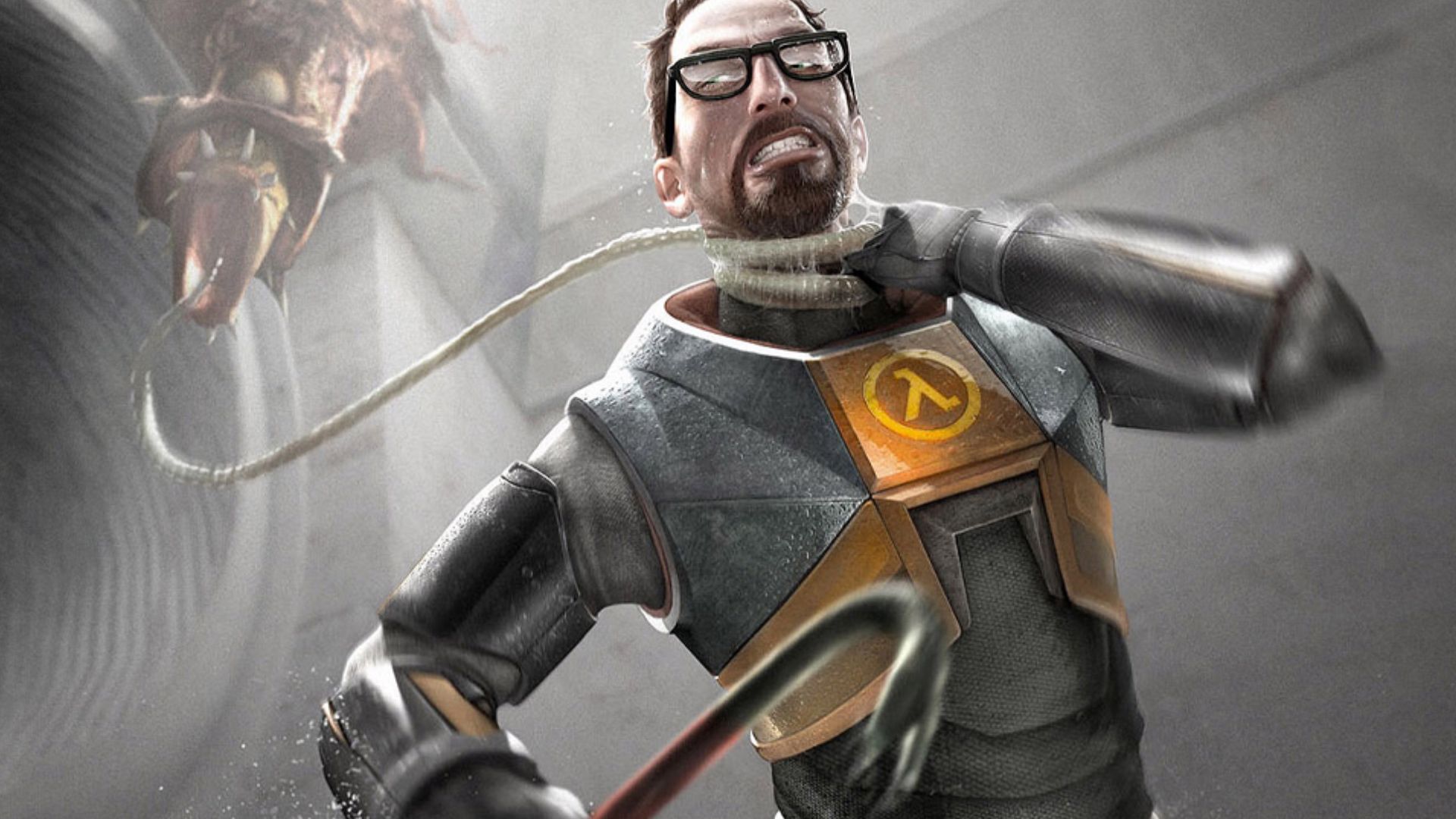
- Episodes were announced in May 2006, with a planned Christmas 2007 release
- Development stalled around 2009, as the team became fatigued with Half-Life and struggled to find innovative gameplay mechanics
- Left 4 Dead leaves Half-Life dead in the water, and by the time developers returned to Episode 3, they feel they’ve missed their window
- Radio silence as Source 2 engine development and canceled projects became a convenient excuse to delay
- Half-Life: Alyx and the 20th anniversary documentary releases, with sights firmly on the future and the lessons learned from Half-Life 2: Episode 3
Half-Life and Valve’s Promise of Episodic Gaming

I remember when Gabe Newell at Valve announced plans for three smaller episodes to follow Half-Life 2 back in 2006! It was all about avoiding another huge wait like the six years we had between the first Half-Life and its sequel. That wait was killer, and Valve really didn’t want to put fans through that again. The idea was to release these smaller installments every six to eight months, which would make development smoother and still keep the quality of the Half-Life series high. They wanted to keep things moving and keep us happy!
Initially, the plan was working well. Episode 1 was released on time in 2006, and Episode 2 followed in 2007, finishing with a shocking cliffhanger that promised a grand finale. Valve intended this series of episodes to be its primary way of continuing the story, with Gabe Newell even calling the trilogy the same as Half-Life 3. However, problems were already developing with this episodic approach behind the scenes.
Ambition Became Half-Life’s Greatest Enemy
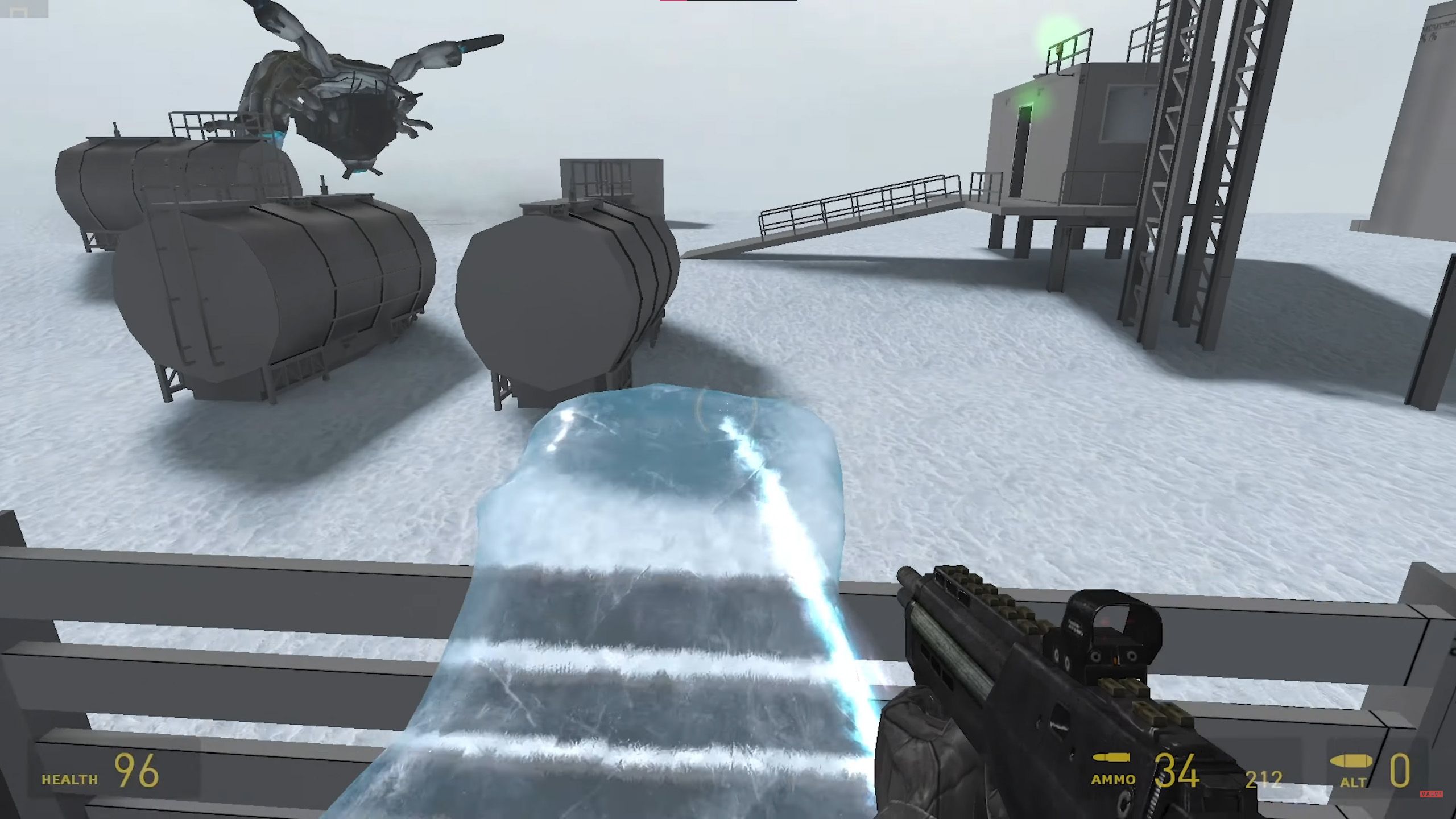
As Valve worked on the new trilogy, they kept adding more and more content. Level designer Dario Casali explained the team was striving for perfection, but this meant the episodes were evolving into full sequels. They started to lose focus on the original idea of releasing the game in smaller, episodic parts.
David Speyrer, an engineer on the project, explained that after half a year of work, Episode 3 was essentially a disorganized set of playable levels and story ideas. He estimated they’d need at least another six months to fully develop the game’s mechanics, and potentially one to two years beyond that, depending on how much they wanted to add. This meant the project was already taking much longer than the fast-paced release schedule originally planned for the episodic game.
Failure Via Feature Creep
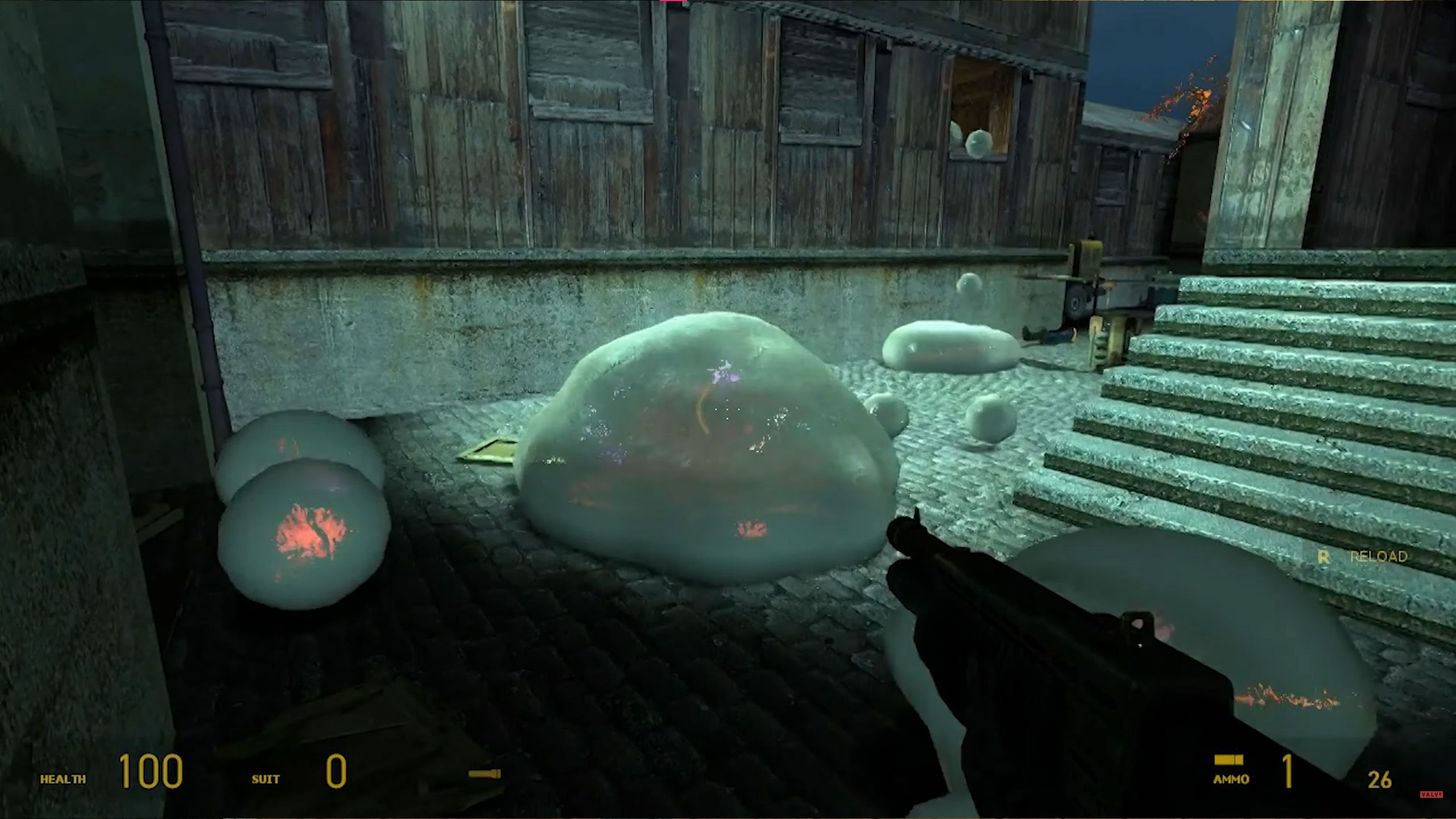
Valve approached each new Half-Life game by focusing on innovative features. But eventually, constantly brainstorming new features became limiting, and the team experienced what they called “element fatigue” – they felt they had pushed the Source engine and the Half-Life world as far as they could. According to designer Robin Walker, Valve used Half-Life games to creatively combine technology and artistic vision. However, with Episode 3, they couldn’t find that special, unifying idea – something like the Gravity Gun in Half-Life 2 – that would create a sense of excitement and discovery.
Despite the long wait for a new game, ideas were still being explored. An unreleased continuation of the Half-Life story, Episode 3, would have centered around the Borealis – a ship featured in both Half-Life and Portal with the ability to travel through time and space. Plans for a special “Ice Gun” aimed to create innovative puzzles and combat scenarios for the game.
A possible feature in Half-Life 2: Episode 3 was a jelly-like enemy that could slip through doors and consume other creatures.
Left 4 Dead and Valve’s Creative Paralysis
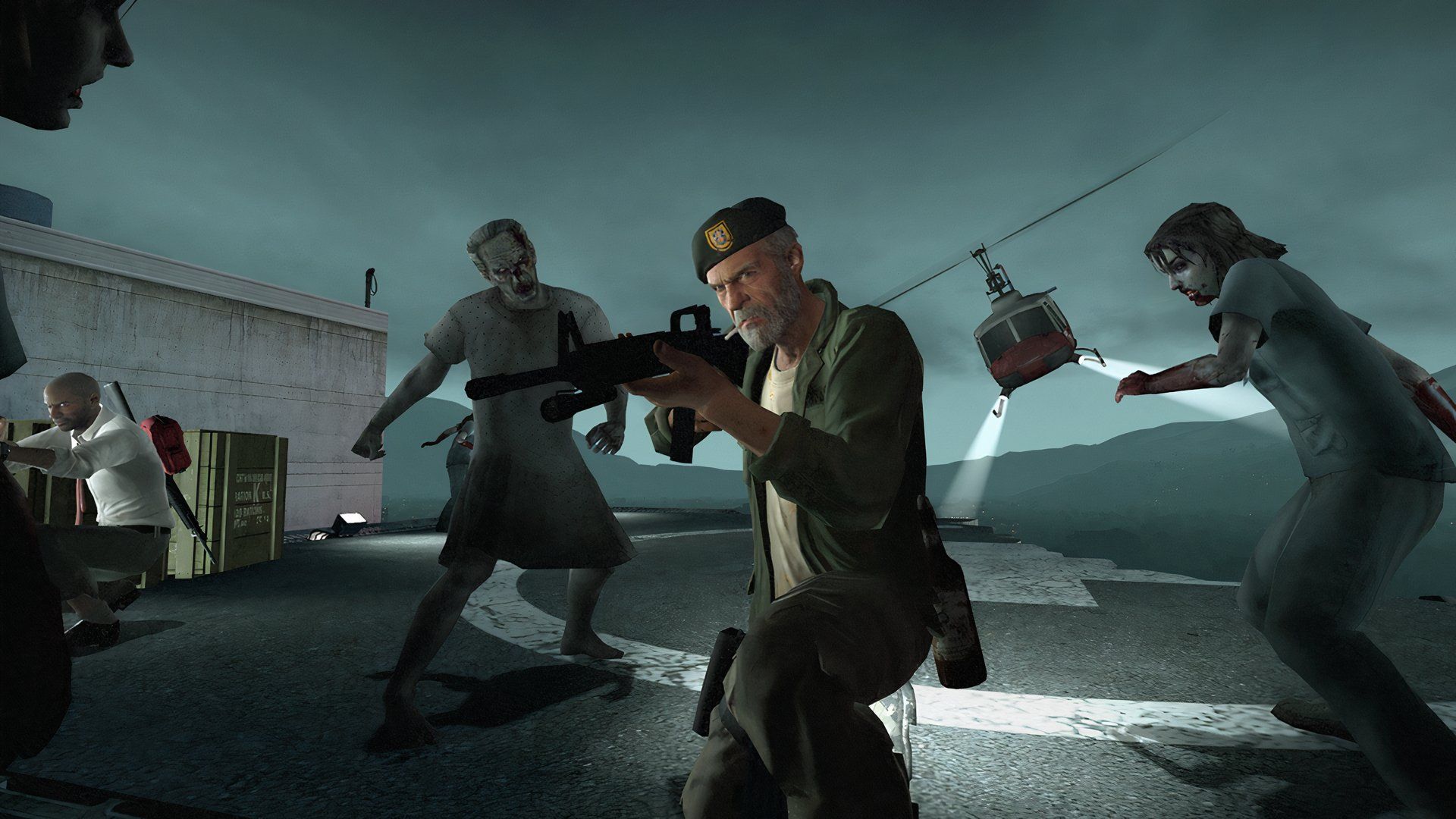
The final nail in the coffin for Half-Life 2: Episode 3 came in 2008 when Valve started working on Left 4 Dead. The innovative AI director in this cooperative zombie shooter offered an exciting new path for the company, and the team quickly dedicated themselves to it. Left 4 Dead became a huge success, and by the time the developers thought about revisiting Episode 3, priorities had shifted.
The team had seemingly given up on ever making Half-Life 3. According to Speyrer, they felt the opportunity had passed, and a new game engine was needed to continue the Half-Life series. However, they later realized that developing Source 2 was partly a way to avoid a bigger issue: no one could explain why Episode 3 needed to be made, other than simply to finish the story.
Newell later confessed he struggled with Episode 3, unsure how it would advance the story. He believed finishing it simply for the sake of completion would be a letdown to players and wouldn’t fulfill Valve’s commitment to them.
Valve’s Silence and Regret

In retrospect, the developers realized their initial thinking was wrong, but it took years to come to that conclusion, and by then the Half-Life series had stalled. Adding to the problem, Valve’s silence created a huge amount of frustration outside the company. By 2011, Wired declared Episode 3 unlikely to ever appear, and disappointed fans even started sending crowbars to Valve’s headquarters. By 2017, Business Insider described the anticipation for Half-Life 3 as a joke.
In 2017, Marc Laidlaw, a former writer for Valve, shared a story on his blog called “Epistle 3.” It featured characters strongly resembling those from Half-Life and was understood to be his idea for what Episode 3 could have been.
Half-Life: Alyx and the Future
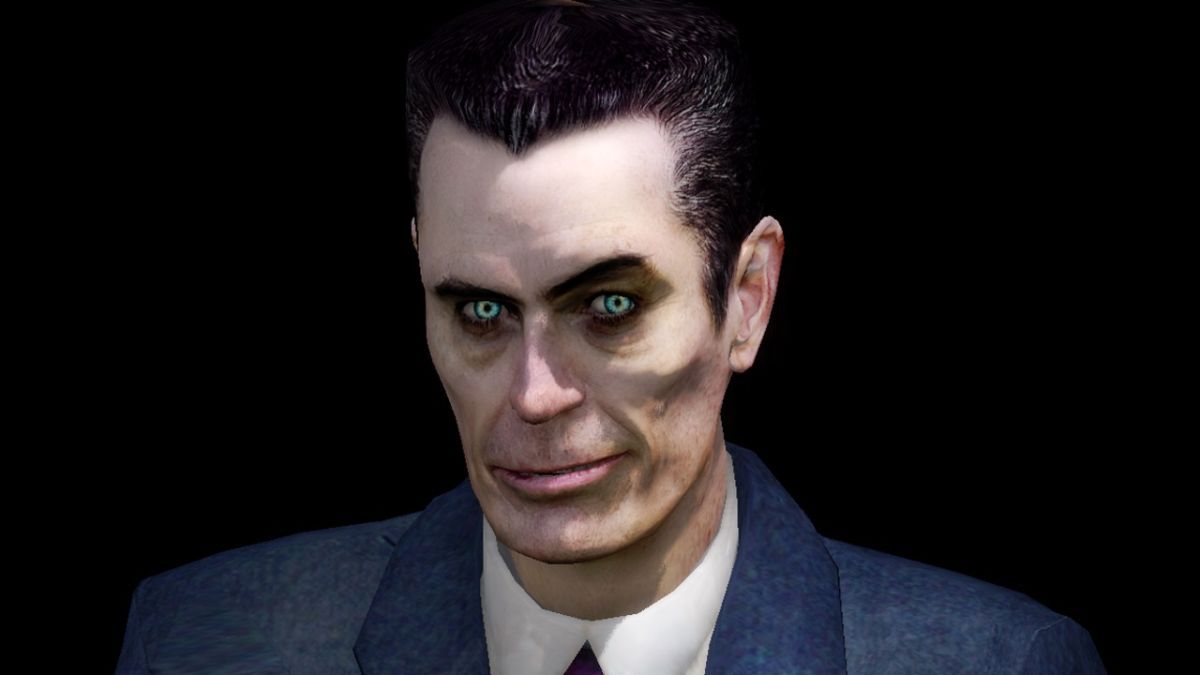
In 2020, as virtual reality became increasingly popular, Valve revisited the popular Half-Life series with Half-Life: Alyx, a story that takes place before the events of previous games. VR technology allowed the developers to creatively re-enter the world they had built, and the game was widely praised by critics. The ending of Alyx specifically continued the story from the cliffhanger ending of Episode 2.
Valve officially announced the cancellation of Episode 3 in a 2024 documentary celebrating the 20th anniversary of Half-Life 2. The documentary included early gameplay footage and heartfelt reflections from people who worked on the game. While some fans found this announcement provided a sense of finality, others saw it as another sign that Half-Life 3 might unexpectedly appear, almost as certain as the eventual end of the universe.
Lessons Learned From Half-Life 2: Episode 3

No matter what happens in the future, the mystery surrounding Episode 3 has greatly benefited Half-Life 2‘s lasting impact on popular culture. Just the constant discussion and theories have kept the series relevant for twenty years. However, perhaps the most important realization from the cancellation of Episode 3 was understanding the internal challenges at the studio itself.
After two decades, Valve’s try at changing how games are made – by releasing them in smaller parts – shows us that striving for absolute perfection can sometimes hold back progress. Valve was so dedicated to quality and innovation that they couldn’t release a game just to finish the story. Ironically, this same pursuit of perfection prevented them from achieving the success that would have warranted a continuation. It’s a significant problem, much like the company itself.
Read More
- All Exploration Challenges & Rewards in Battlefield 6 Redsec
- Byler Confirmed? Mike and Will’s Relationship in Stranger Things Season 5
- Upload Labs: Beginner Tips & Tricks
- Top 8 UFC 5 Perks Every Fighter Should Use
- Grounded 2 Gets New Update for December 2025
- Best Where Winds Meet Character Customization Codes
- 2026’s Anime Of The Year Is Set To Take Solo Leveling’s Crown
- 8 Anime Like The Brilliant Healer’s New Life In The Shadows You Can’t Miss
- Battlefield 6: All Unit Challenges Guide (100% Complete Guide)
- Discover the Top Isekai Anime Where Heroes Become Adventurers in Thrilling New Worlds!
2025-11-22 05:05